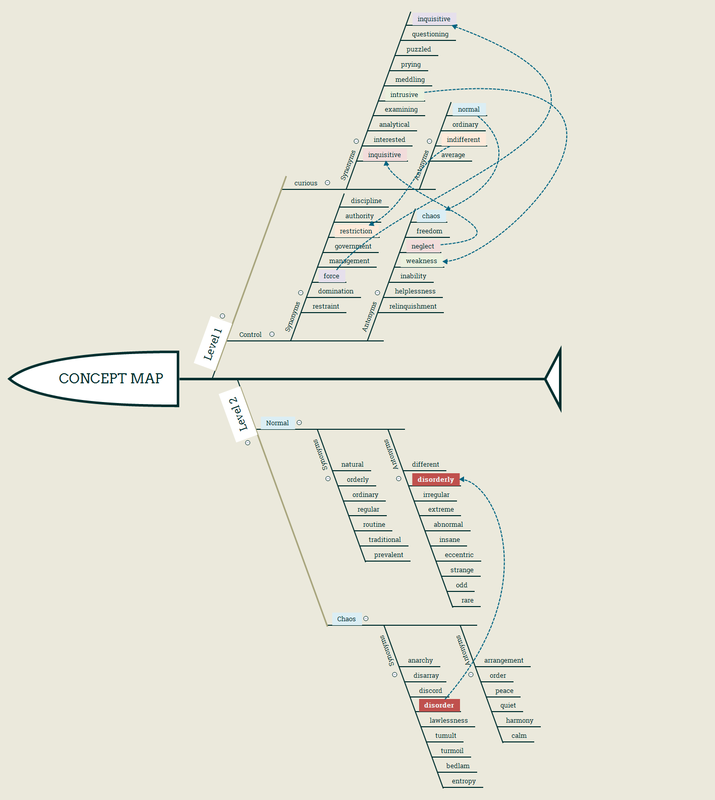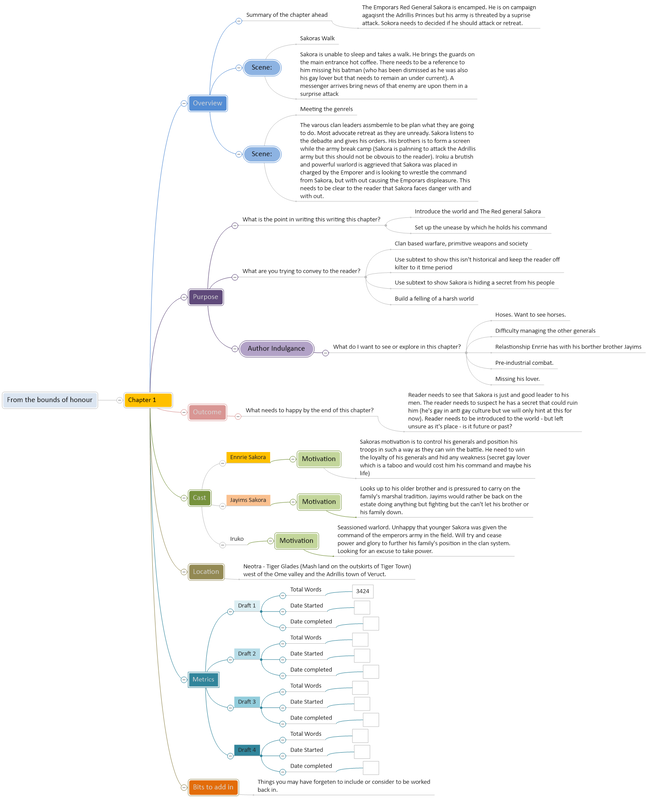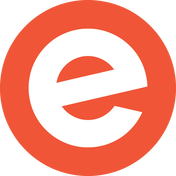How to Fill in the Goals Pyramid
Top Goal: Identify your ultimate, long-term goal. This should be something deeply meaningful and requiring sustained effort.
Second Level: Write down goals that directly support your top goal. These should be significant objectives necessary for achieving your ultimate aim.
Third Level: Break down the second-level goals into intermediate milestones that are more immediate, yet crucial for the higher goals.
Fourth and Fifth Levels: These levels are for granular goals or specific tasks necessary to achieve your intermediate milestones.
Tips: Be specific, stay realistic, ensure each goal aligns with your top goal, and periodically review and adapt your goals.
Big Five Personality Selector
Move the slider to set the value.
Move the slider to set the value.
Move the slider to set the value.
Move the slider to set the value.
Move the slider to set the value.
Mirror Moment Emotion Selector
Objective Obstacle Matrix
| External | Internal | |
|---|---|---|
| Objective | What's the character's external objective? | What's the character's internal objective (they may not even be aware of it, but it drives them)? |
| Obstacle | What's the character's external obstacle? | What's the character's internal obstacle (What do they do to self-sabotage)? |










